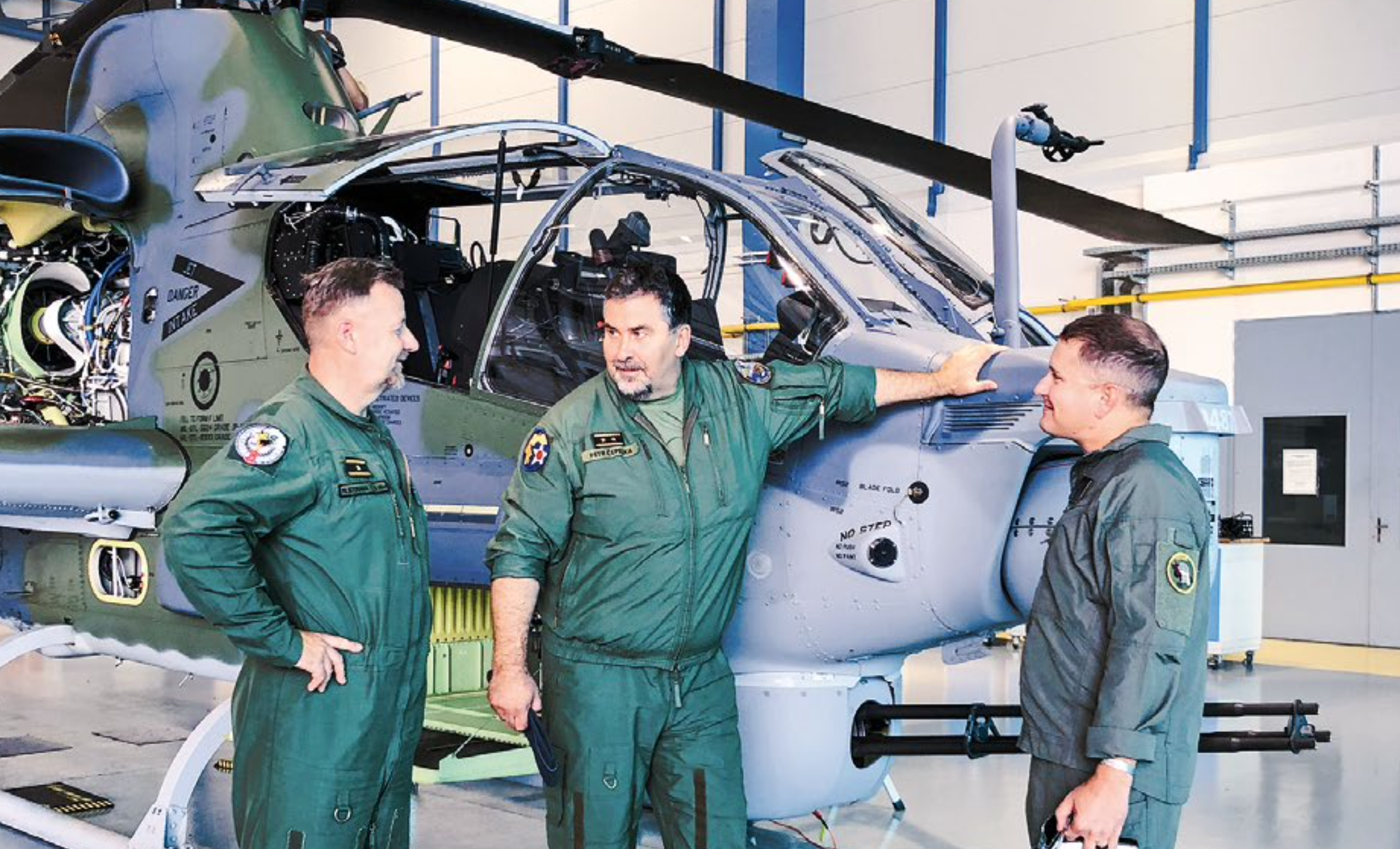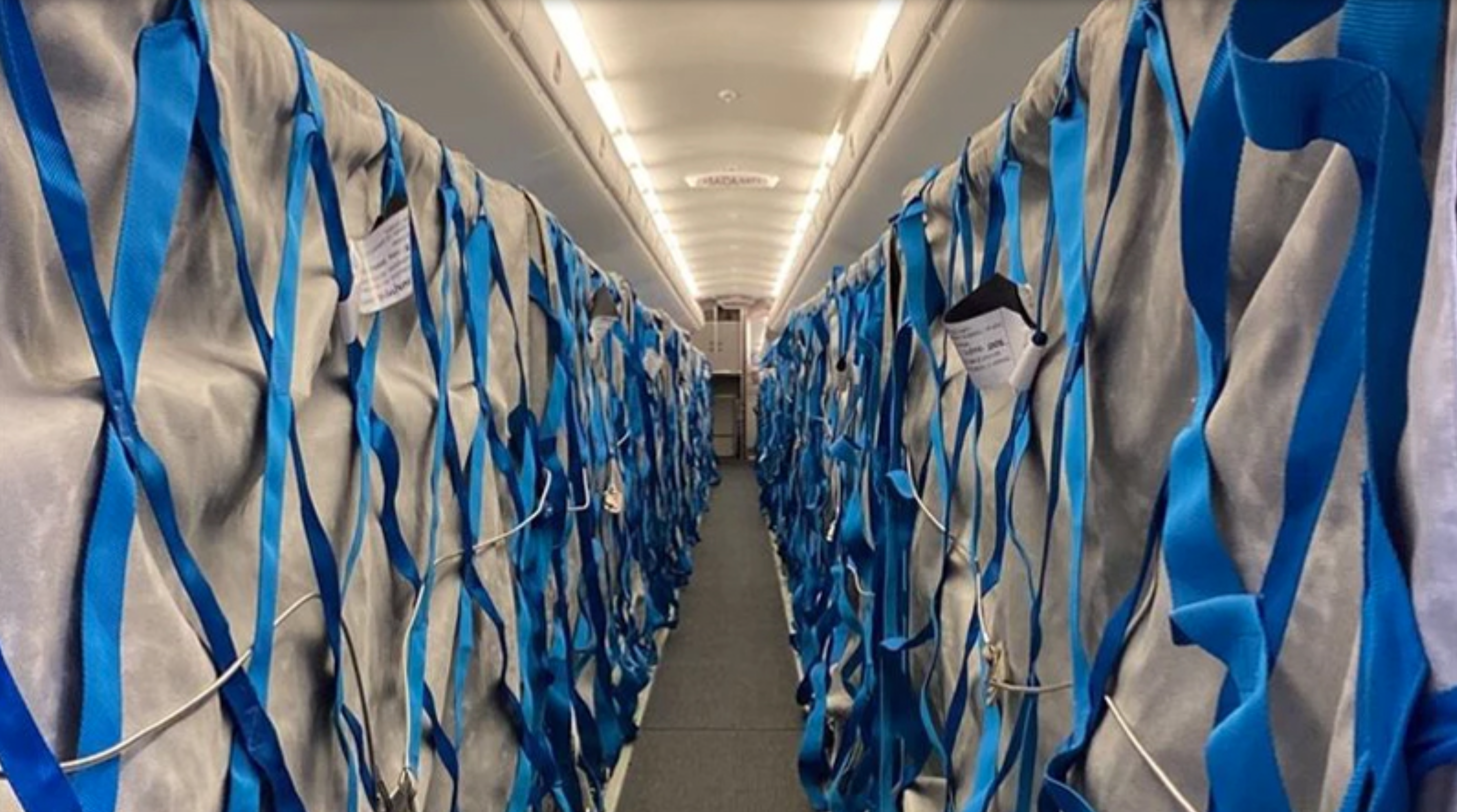Keeping the sky safe comes first. That starts with knowing the risks and actively addressing them. Another important factor in aviation safety is partnering with an experienced and professional insurance broker, to effectively handle claims and identify and mitigate risks.
While aviation losses are rare compared to other types of transportation, when a crisis occurs, the severity of the loss and the negative publicity it attracts can be extremely damaging to a company’s business and reputation. One effective way to avoid losses of any kind is by implementing safety best practices.
Aviation Safety Best Practices and focus on the insurance partner
Partnership with an insurance broker that understands the strengths and weaknesses of the aviation sector adds enormous value to risk management. A deeper look at recent risks impacting aviation helps determine how to avoid losses through safety best practices, risk prevention, and how a strong insurance broker looks for insurance solutions: Consider Hull and Third Party/Passenger Liability policies (which should also cover damage on the ground). If you supply or store aviation fuel or chemicals on airport grounds, this will not be covered by most aviation policies. You will need specific environmental insurance to cover pollution remediation, third party claims for bodily injury and property damage, etc.
Make sure your FBO (Fix Based Operator) is well covered by “Aviation Products, Grounding and Other Aviation Liabilities Insurance”. This insurance does not apply when the insured’s own aircraft or property is damaged, or when the insured is engaged in the operation of the aircraft as an air carrier or a pilot. However, it will protect the FBO (and therefore also the operator) for damages to customers or others, for bodily injury or material losses caused by an accident that occurs during the performance of their aviation ground services. This insurance will also apply to accidents caused by a motor vehicle of the ground handler if they occur on the air side (or air traffic) grounds of an airport, and if they occur in a country where motor vehicle insurance is not legally required (and the FBO does not have one by choice); or when damages exceed the limit of the motor vehicle insurance in place.
Passenger and Crew Safety
When it comes to managing the most current and pressing risks in aviation, the impact of the COVID-19 pandemic cannot be underestimated – nor the importance of experienced professional staff across all segments of the industry.
With the pandemic came a reduction in overall flying activity and many pilots took time to reassess their work-life balance. As a result, the supply of pilots has been challenged by a wave of early retirements and a difficult proposition for potential candidates.
While it was widely known that shortages of professional staff due to an aging workforce were on the horizon, the airline industry was not prepared for the accelerated exodus of pilots caused by the pandemic or the extent to which it affected succession planning.
The shortage of skilled personnel overlaps with several segments of the aviation industry. Without adequate staffing at air traffic control towers, as another example, there is a potential risk of an increase in runway incursions involving seated aircraft or aircraft departing at the last second.
It’s a problem that’s also being discussed on the maintenance side of aviation. Within large aviation MRO (maintenance, repair and overhaul), the turnover of experienced staff is worrying. Maintenance facilities are having a very tough time attracting and retaining professionals.
Lack of maintenance personnel can lead to flight delays or even defective aircraft. This can impact not only safety but profitability, it can disrupt timetables and potentially lead to an increase in dissatisfied passengers, creating another risk area of its own.
Aviation Best Practices
If you look at how big the aviation industry is and how many aircraft are in the sky, even right now, there are very few truly catastrophic incidents reported on a regular basis. We noted that this is because the airline industry itself must operate at a higher standard.
Aviation is a highly regulated and protected industry. Even better, there are many best practices and guidelines that will continue to make it much safer.
Partnering with an insurer broker and insurer
Having the deep knowledge and expertise to assess and manage the risks associated with the aviation industry is just the start of strengthening safety efforts.
Equally important is collaboration between the risk management team. To address aviation’s biggest risks and implement safety best practices, it’s important to be partnered with an insurance broker who not only understands the unique needs of aviation customers, but also values a strong partnership between how to insure the risk (underwriting) and claims.
Collaboration is key. The underwriting and claims teams leverage their collective backgrounds and expertise to share best practices. From there, we can inform our clients and trading partners on what’s happening in aviation, what’s working and how they can improve their overall operations.
This speed in identification and rigorous post-accident breakdown are what makes the insurance broker and insurer the great partners in addressing aviation risk. There is no gray area, as communication is comprehensive and transparent throughout the claims process. The insurance broker claims team also has legal experience on its side, which is beneficial to clients should an incident land in today’s exposed judicial environment.
Improving Aviation Safety Through Technology Enabled Data Sharing
Aviation is an industry with a solid commitment to safety. One of the most powerful tools available to organizations today is aviation data sharing.
This proactive approach involves sharing information about accidents and near misses within the aviation community with the aim of preventing future incidents. It’s a practice that continues to expand, thanks to new technologies and partnerships that make data sharing more efficient and effective.
This collaborative approach involves parties from all areas of the aviation community, including flight crews, aviation departments, trade organizations and others. The amazing support for aviation data sharing underlines the industry’s commitment to a culture of safety and its commitment to learning and improvement.
The Role of Insurers and Brokers in Promoting Aviation Data Sharing
Aviation insurance companies have a financial interest in improving safety. Fewer incidents mean less damage and the resulting costs.
Many insurance and broker members are pilots, pilots in training or have held other positions in aviation. They know and work closely with clients and want nothing more than to make sure they can do their jobs safely. When a serious incident occurs, they feel it personally and aim to find an urgent solution. When an opportunity arises to reduce aviation risks, they take it.
Understanding a safety management system in aviation and how it helps limit claims and could reduce insurance premiums
Aviation is a highly regulated industry with strict safety standards. Safety is paramount in aviation, and for good reason – accidents and incidents can have catastrophic consequences and cost the industry a lot of money.
Many international associations work hard to promote and enforce safety protocols called Safety Management Systems (SMS). Implementing a Safety Management System is essential for enhancing safety performance and could assist in reducing insurance premiums. By taking a proactive approach to a safety management commitment, aviation organizations can demonstrate their commitment to safety, reduce accidents and incidents, and ultimately save money on insurance premiums.
Many insurance companies offer discounts and other incentives to aviation organizations that maintain an effective SMS, which can further reduce insurance costs. The benefits of an SMS go beyond just insurance premiums and extend to the overall success and reputation of the organization.
2023 shaping up to be another turbulent year for aviation and aviation insurance buyers
Daily aviation losses still appear to be lower than normal flights, but many airlines are now back at or above pre-pandemic levels.
One of the secondary products of the pandemic, coupled with a heightened focus on the environment in the airline sector, has been the rapid retirement of older technology/aircraft types.
Such models are now being replaced by new-generation, high-tech and more fuel-efficient aircraft. In a positive development, improvements in safety appear to have gone hand-in-hand with this modernization of the world’s fleet.
Due to ongoing supply-chain issues and back orders of new aircraft, the value of older aircraft remains relatively high, and the cost of repair continues to increase, leading to significant claims inflation, in the event of an incident.
Operators are increasingly being forced, by their customers, to invest in new, more efficient, and ultimately safer aircraft.
Challenges and/or threats to aviation insurance buyers in 2024
One of the biggest threats is an escalation in one of the current conflict areas. Specifically, if this led to one party using a tactical nuclear weapon then airline operations in particular could be directly affected in terms of both operational conditions and insurance coverage. If there were to be a hostile detonation of such a device, then there would be automatic termination of war-related insurance coverage.
Recent negotiations have led to an increase in the cancellation time-frame from immediate to at least 48 hours, which now allows some time for essential passenger repatriation and aircraft repositioning.
While in principle the insurers all provide coverage for at least 48 hours after a single detonation, the biggest challenge and/or threat to aviation insurance buyers remains what happens next and what can be done to restore insurance coverage in the event of an automatic termination.
What can aviation insurance buyers expect in market trends for 2024
In the absence of a market-changing event, major capacity withdrawal, or deterioration in loss experience, we anticipate a continuation of current market trends into 2024.
We would expect the Aircraft Hull & Aircraft Liability sector to remain relatively stable with rates continuing the trend of Q4 2023.
The insurer’s focus on premium income is something that will not change, so exposure growth will remain a key factor in renewal negotiations and what is achievable in terms of technical rate reductions.
In the War insurance sector (Hull War and Liability War) we would expect rates to stabilize, but global layout is high and is keeping pressure on this type of insurance, so we are unlikely to see a return to rate cuts in this elevated area.
The impact of climate change on general aviation
In contrast with the Airline Insurance market, it is rare for a single, or even a lot of incidents, to be the main driver of market rating, across the board.
However, some of the most significant losses experienced in the General Aviation (GA) market in recent years have been ‘non-operational’ losses as a result of extreme weather, such as earthquake, hail, and extreme snowfall.
Extreme weather events are becoming more common and the problem of soil accumulation on busy GA hubs is a concern for aircraft owners/operators. Extreme weather events can often prohibit the movement of valuable assets at short notice, leaving many assets exposed to potential and unavoidable losses.
Traditional aircraft operators also provide essential services in response to natural disasters such as wildfires and catastrophic floods, which are becoming more frequent and severe and are now affecting regions historically not subject to these phenomena.
The GA industry is often the first line of defense for firefighting, evacuation and relief during and after these catastrophic events. The industry continues to grow and to develop into a highly professional and sophisticated market that pioneers new techniques for solving the problems posed by our warming environment.
While the subject of climate change and decarbonization was debated at COP28 (the 28th United Nations Climate Change Conference, or Conference of Parties, held in 2023), the General Aviation industry continues to be relevant and prominent.
There are some visions of a more sustainable future for the aviation industry, discussing the investment in and development of eVTOL (an electric vertical take-off and landing aircraft that uses electric power to hover, take off, and land vertically) and eSTOL aircraft (Electric short Take-off and landing aircraft that utilizes battery technology, attaining propulsive power from electricity, such aircraft is able to take off and land on shorter than average runways) and their inevitable introduction to the commercial passenger market.
These results may be affected by several factors, including individual losses, aircraft utilization and mission profile, and certain other geopolitical issues. It‘s clear that there’s a growing appetite for insurers to participate in this developing aviation sector, and this can only be good news for buyers in 2024.
RENOMIA, together with its subsidiaries, is one of the largest insurance brokers in the CEE region, and in cooperation with our partner GALLAGHER, we are able to provide our clients with top professional services worldwide, and not just in the field of aviation insurance. We have again expanded our team with new specialists and continue to invest in new tools, technologies and partnerships that will further improve the quality of our services. We thank all our clients for their cooperation and look forward to further years of successful partnership, great relationships and support in their business development.
Text by: Hana Kulhova (on the picture), RENOMIA










